Introducing the collections
Surprising, unusual and sometimes plainly ridiculous, these personal and collective keepsakes offer a glimpse of the end of the old world and the dawn of the twentieth century, with all its cultural, social and military implications.
Thousands of posters, lithographs, items of uniform, objects from everyday life, postcards, artworks, periodicals, photographs*, souvenir albums and countless other items combine to form a vast international panorama of this global conflict.
By recreating the lived experiences of both soldiers and civilians, the museum helps us to better comprehend the destructive impact of modern warfare on people’s day-to-day lives. These day-to-day lives are evoked on a national and international scale, but also at a more specific, local level The museum thus offers a unique insight into the history of the Somme.
Containing some 75,000 original artefacts of all kinds, the museum’s collections serve to illustrate the mindsets and experiences of the three biggest societies that went to war in 1914-1918.
The series of fifty-one etchings created by Otto Dix (Der Krieg) displayed in the central hall, are a unique testament to the horror and absurdity of war. The Historial of the Great War is the only public institution in France to have a complete edition of this extremely rare work. To find out more, visit the web page dedicated to our Otto Dix collection.
*9355 artefacts from our collections (including photographs, photo albums, postcards and diaries from the trenches) are already available online via the Somme Departmental Archives image portal
** Browse the 479 entries already published on Pop, France’s online, open-access heritage platform and the 295 entries published on Musenor
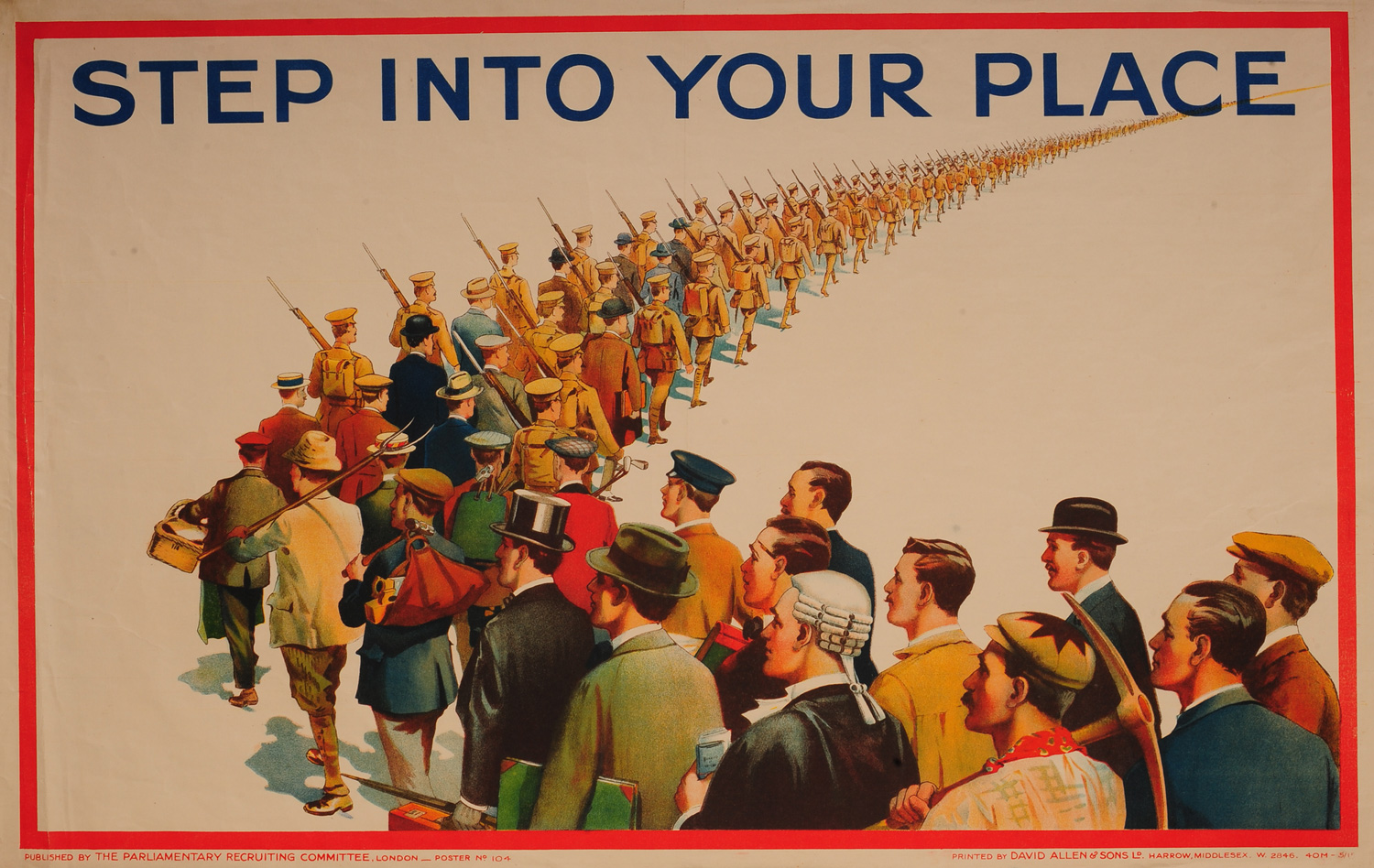
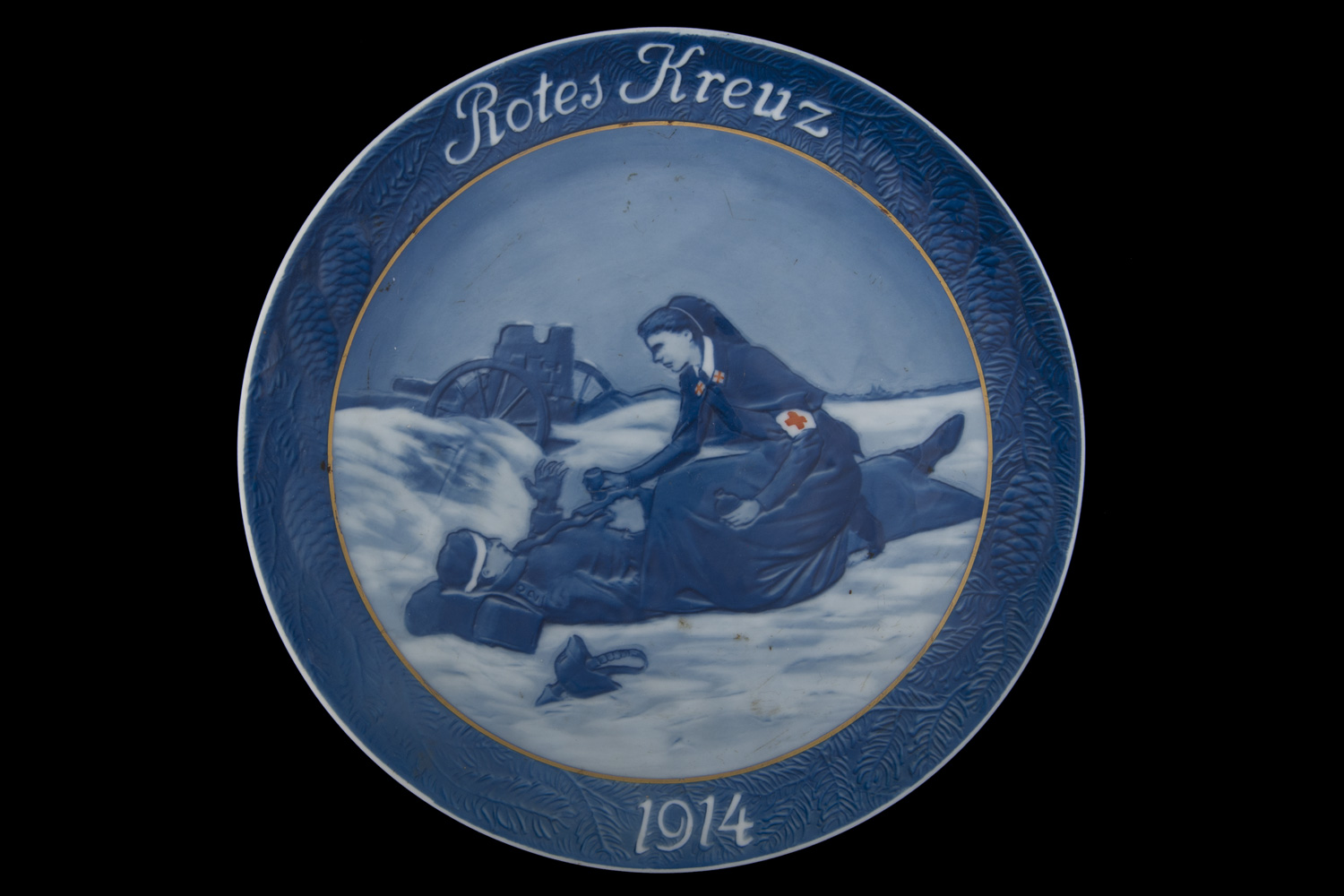
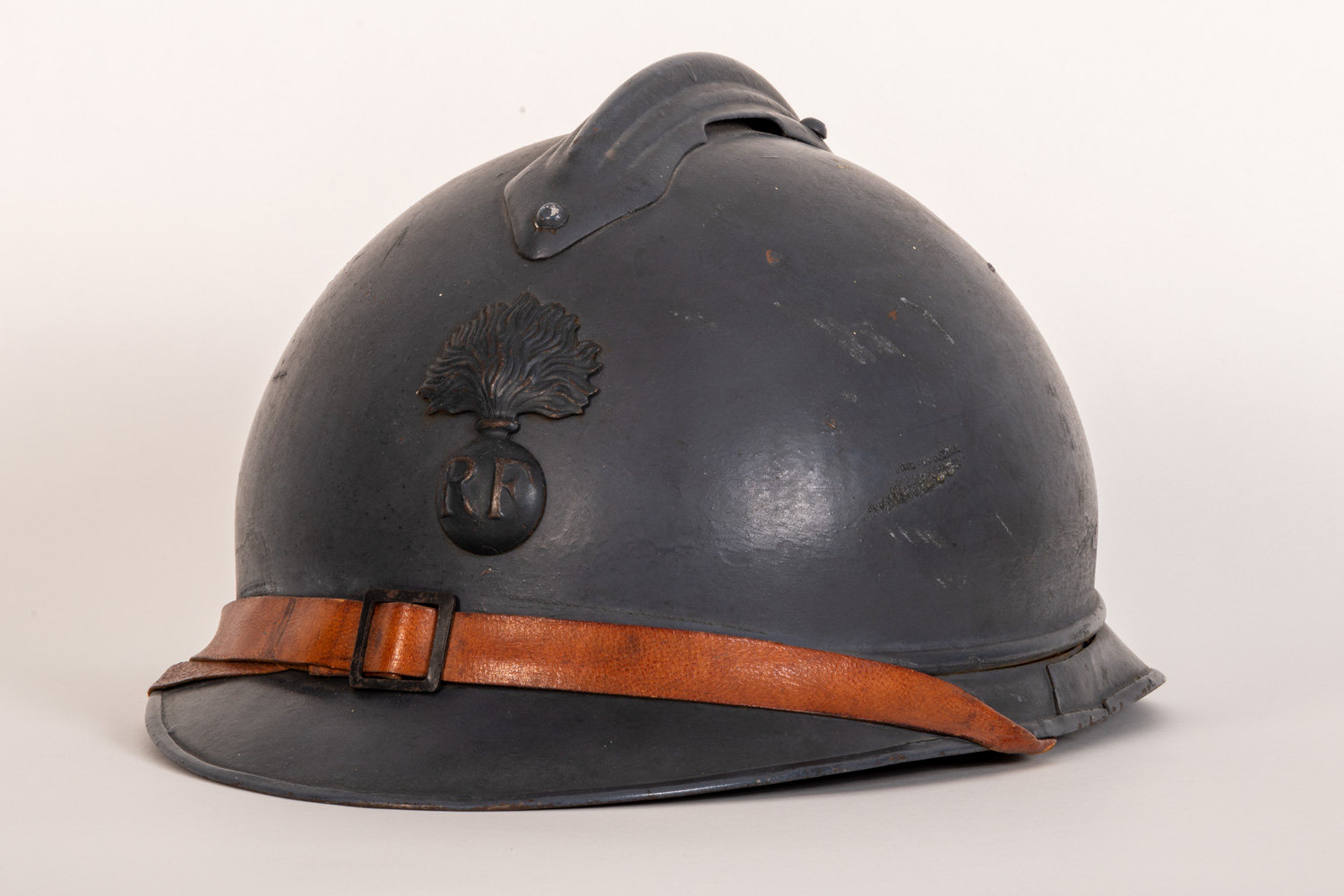
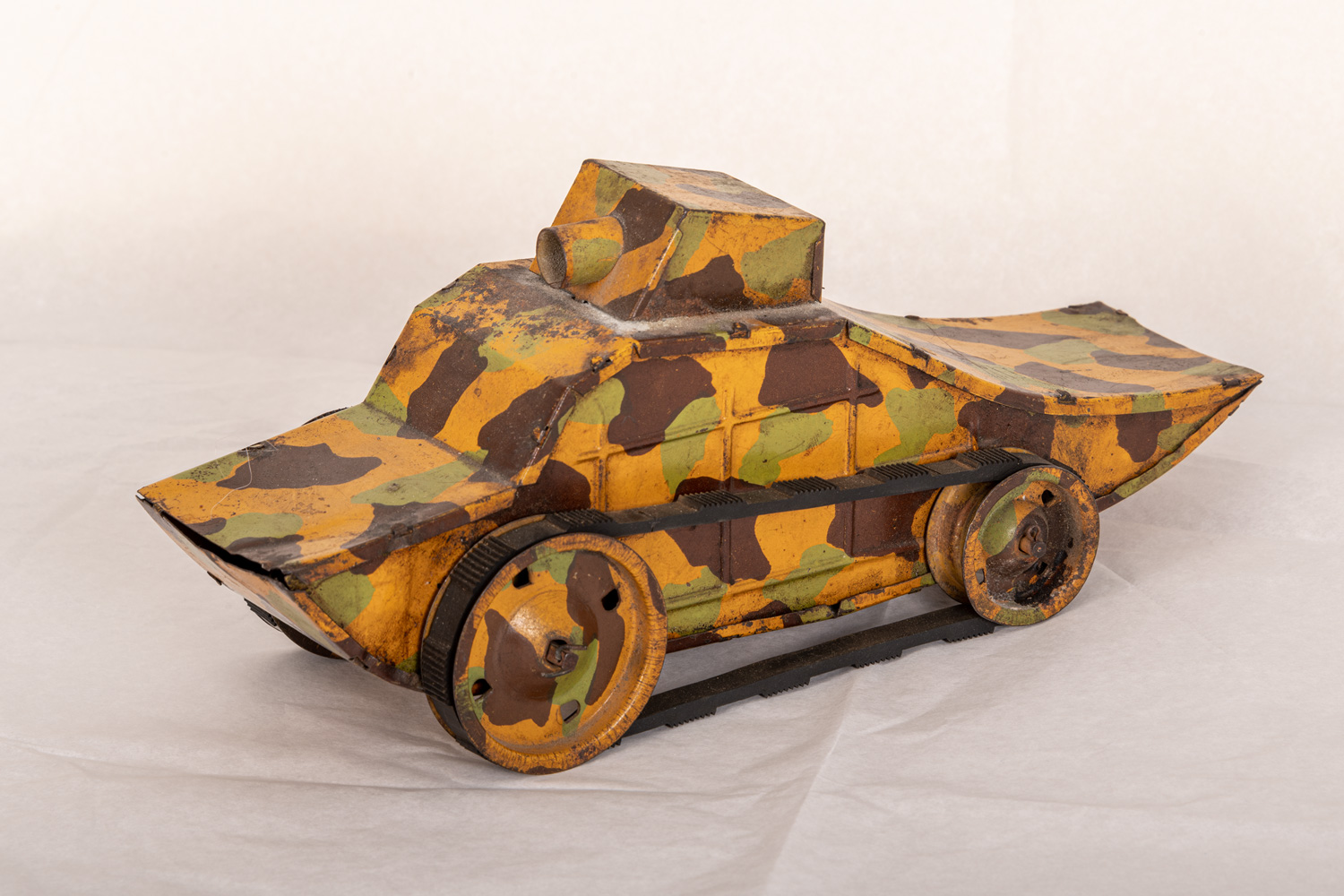
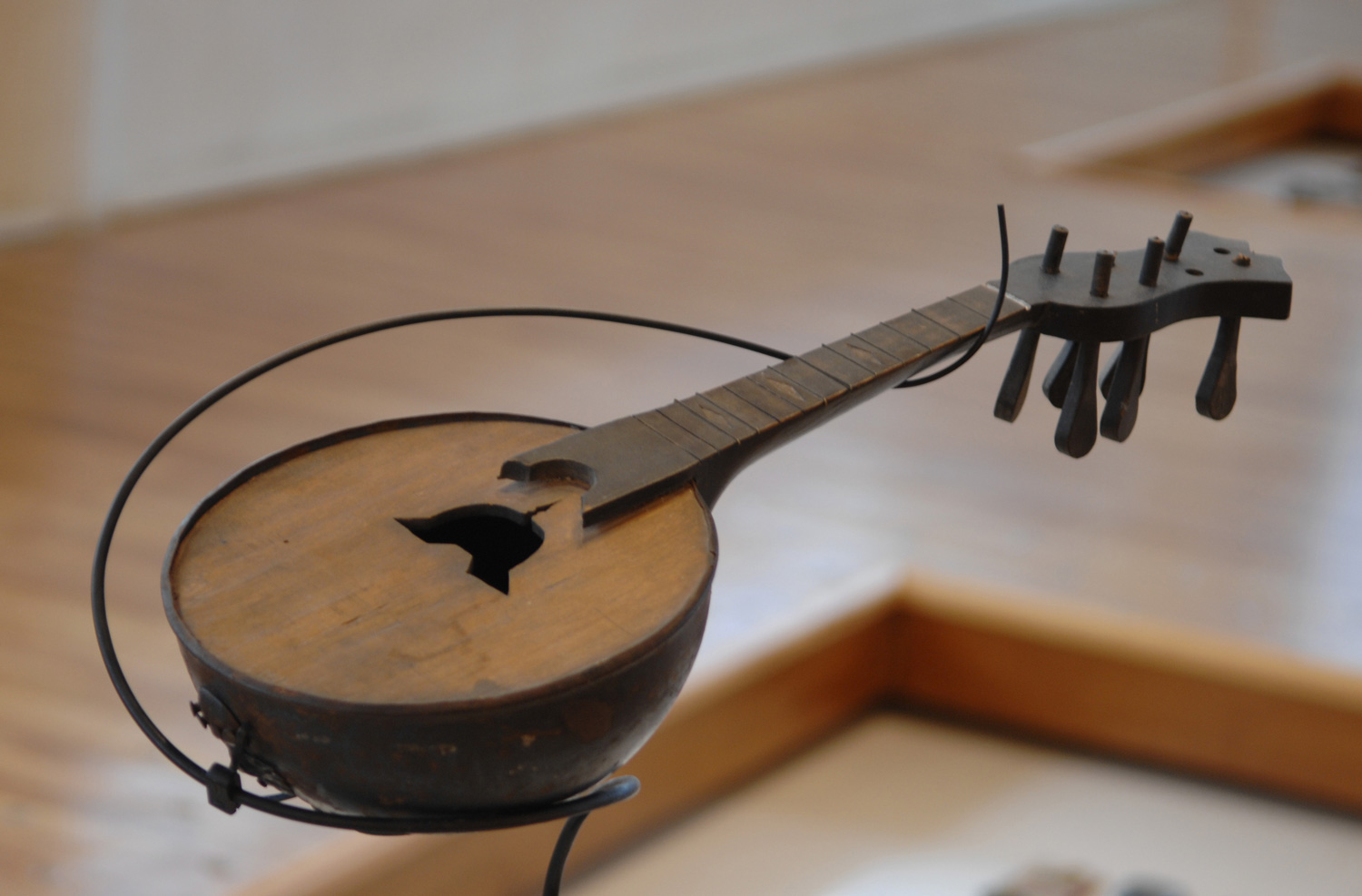
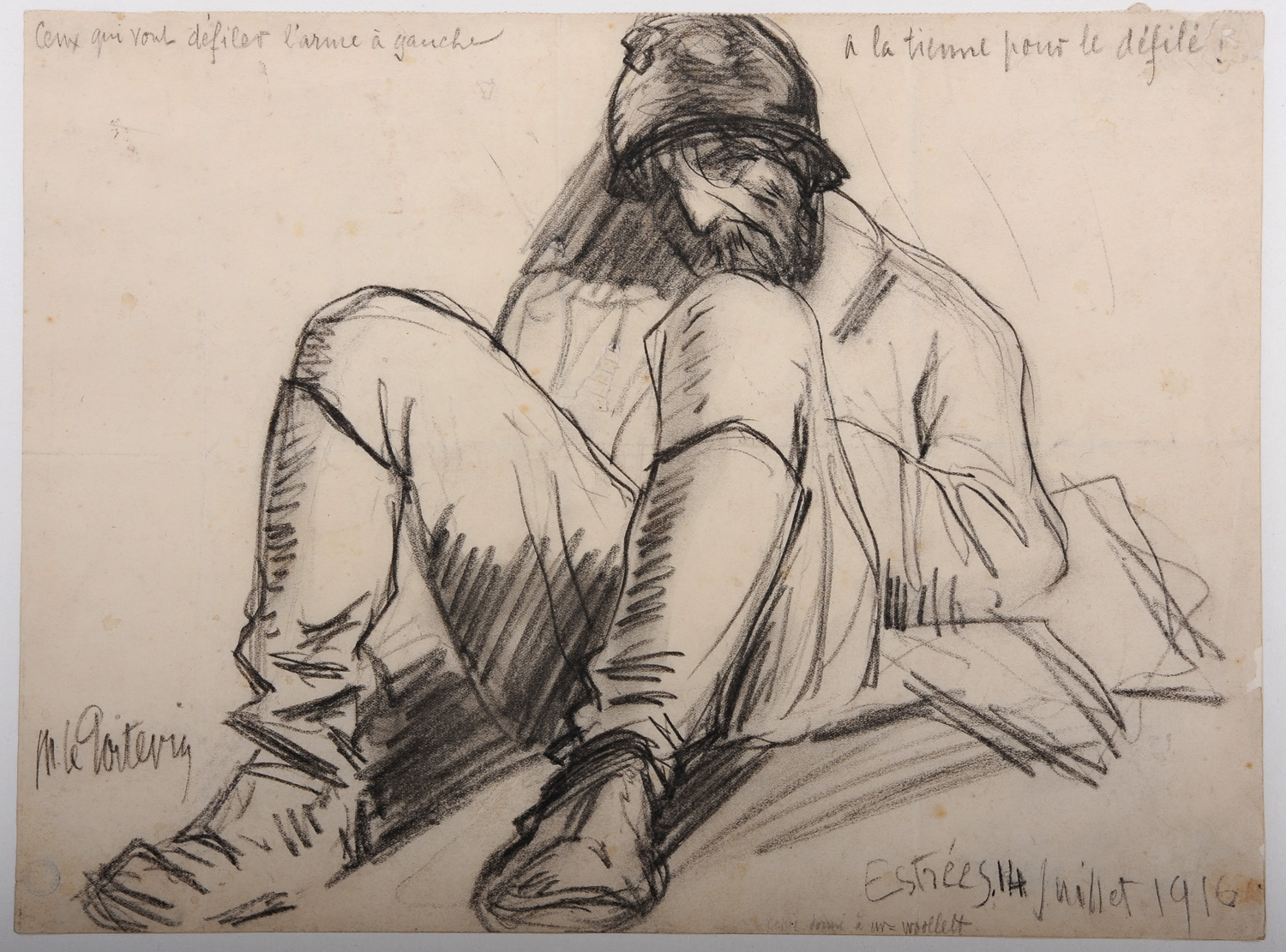
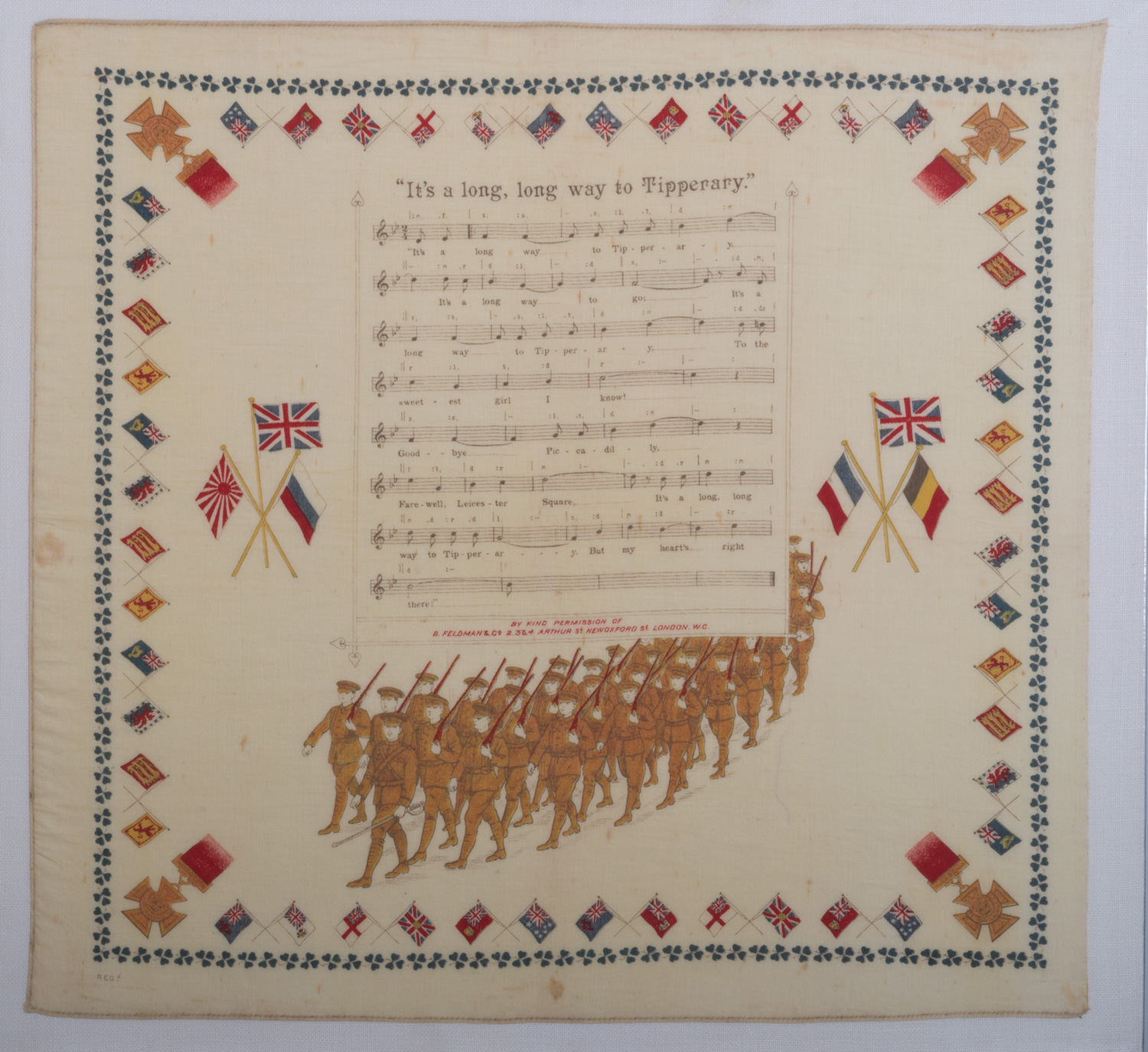
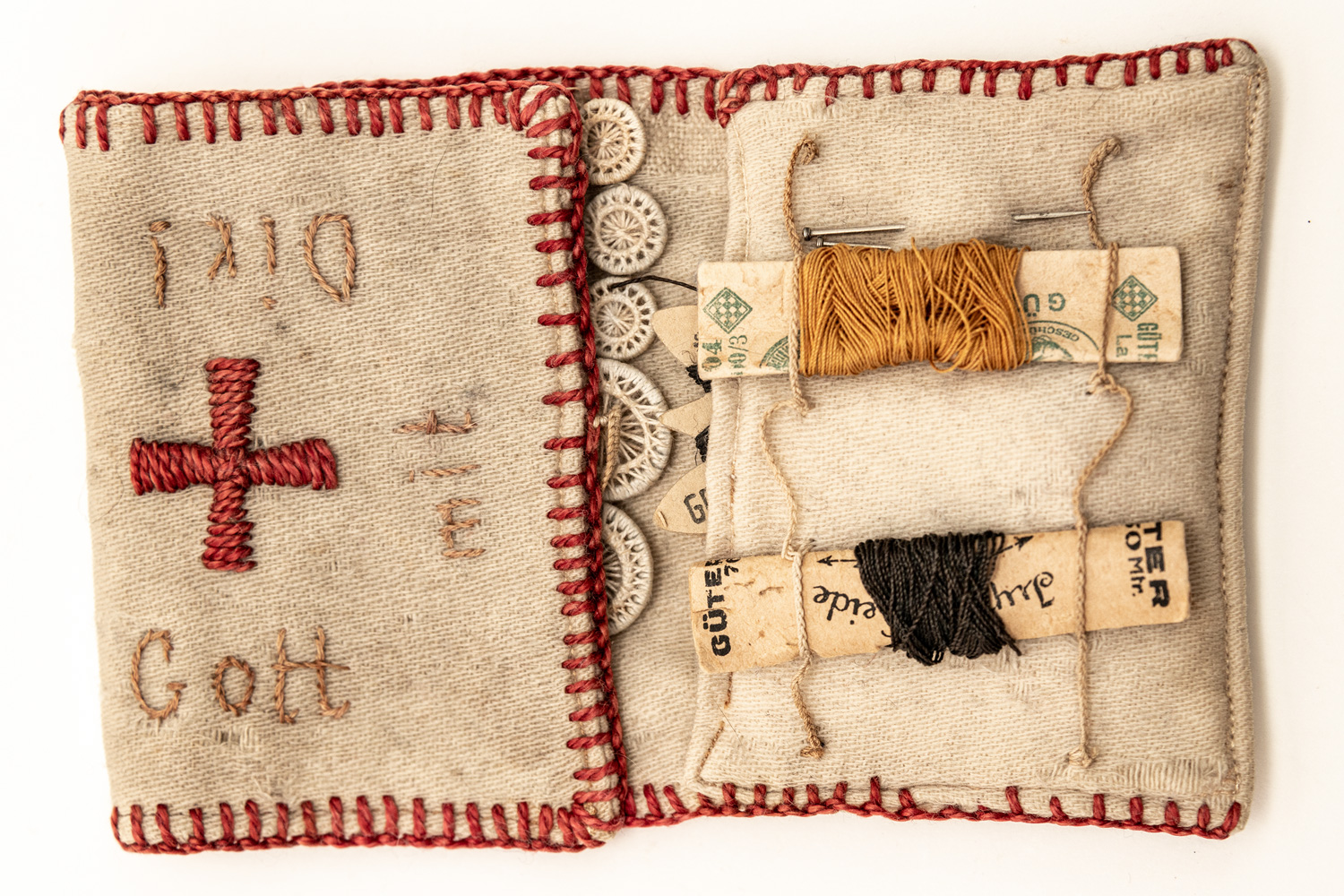
Key themes
Posters
A key vector of information and propaganda, posters were used extensively by all of the warring parties. A direct, immediate means of communication, these posters offer a powerful insight into the day-to-day reality of life in wartime away from the front lines, and the efforts made to manipulate the popular imagination. The museum’s collections include around a thousand illustrated posters, primarily lithographic prints, along with text-only posters and signs, primarily from the German side.
Objects crafted in the trenches
At the turn of the twentieth century, 45% of the French population lived in rural areas with strong craft traditions. A majority of the soldiers sent to the front were of peasant stock, and many of them killed time during long days in the trenches by crafting items with the materials available to hand.
Postcards
The last word in affordable communication, postcards also became a propaganda tool during the Great War, often featuring caricatures, as well as a seemingly infinite array of photographic records. The collections of the Historial contain several thousand of these cards, organised by theme and geographical origin.
Children of the Great War
Like the rest of the population, children were sorely affected by the war and their lives were changed dramatically. They contributed directly to the war effort, and were both tools and targets of official propaganda.
Dolls in wartime
The war of the dolls started long before 1914. By 1863 Paris had over 100 boutiques devoted exclusively to dolls, but by the time war broke out these French manufacturers appear to have gone into decline, in spite of the best efforts of historians such as Claretie and d’Allemagne, and artists such as Poulbot and Rabier.
Toys and games 1914 – 1918
The onset of industrialisation in the late 18th century led to a boom in toys and games, which went hand-in-hand with some profound social transformations. In 1914, “I immediately made a display of exemplary patriotism by trampling on a celluloid doll ‘Made in Germany,’ which in fact belonged to my sister,” (1) Simone de Beauvoir recalled, demonstrating both the ideological and the emotional power of toys and games.
Otto Dix
In 1914, Otto Dix, then a 24-year-old Fine Arts student in Düsseldorf, signed up and was sent to the Western Front. A master of German Expressionism, between 1920 and 1924 Dix, under the influence of Grosz, produced a work which eloquently expresses his anti-militarism and disgust with war, imbued with both pathos and vivid violence.

